When I first moved to Chicago, I was surprised by many common practices that are not common elsewhere in the United States. Most are enforced by residents while others are "Acts of God."
Postal “service"
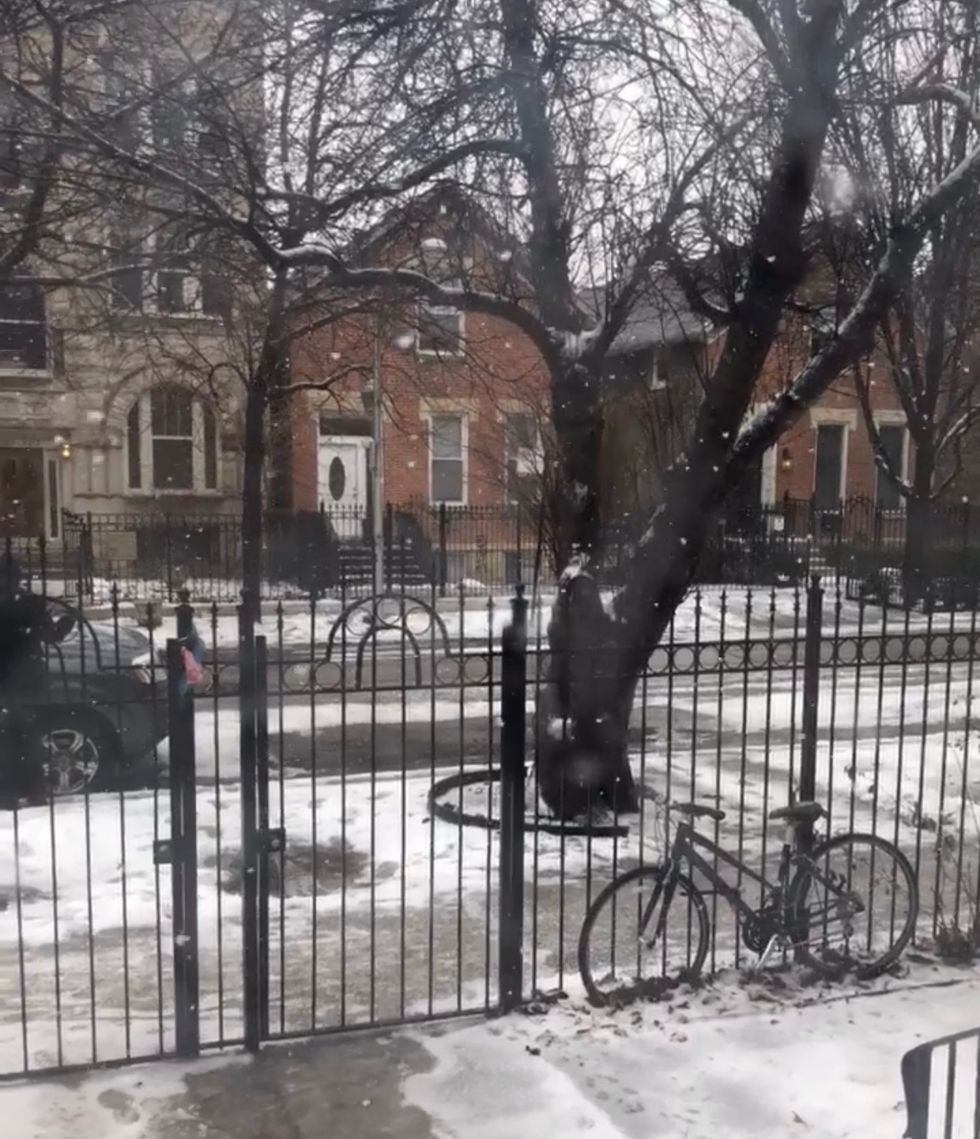
In Chicago, mail service providers like USPS or FedEx do not always handle your mail with care. I commonly see mail carriers throwing letters and packages over resident's fences and into their yards. I was on the sidewalk getting into an Uber, and a postman told me to take my packages. The Uber had to wait while I took my packages into my house. On another instance, UPS left a note on my door to pick up a package at "Chicago Pawners & Jewelers." I assumed that UPS was either connected to the pawnshop or had a kiosk inside. When I arrived, I had to get my mail directly from the pawnshop's cashier.
Bipolar weather
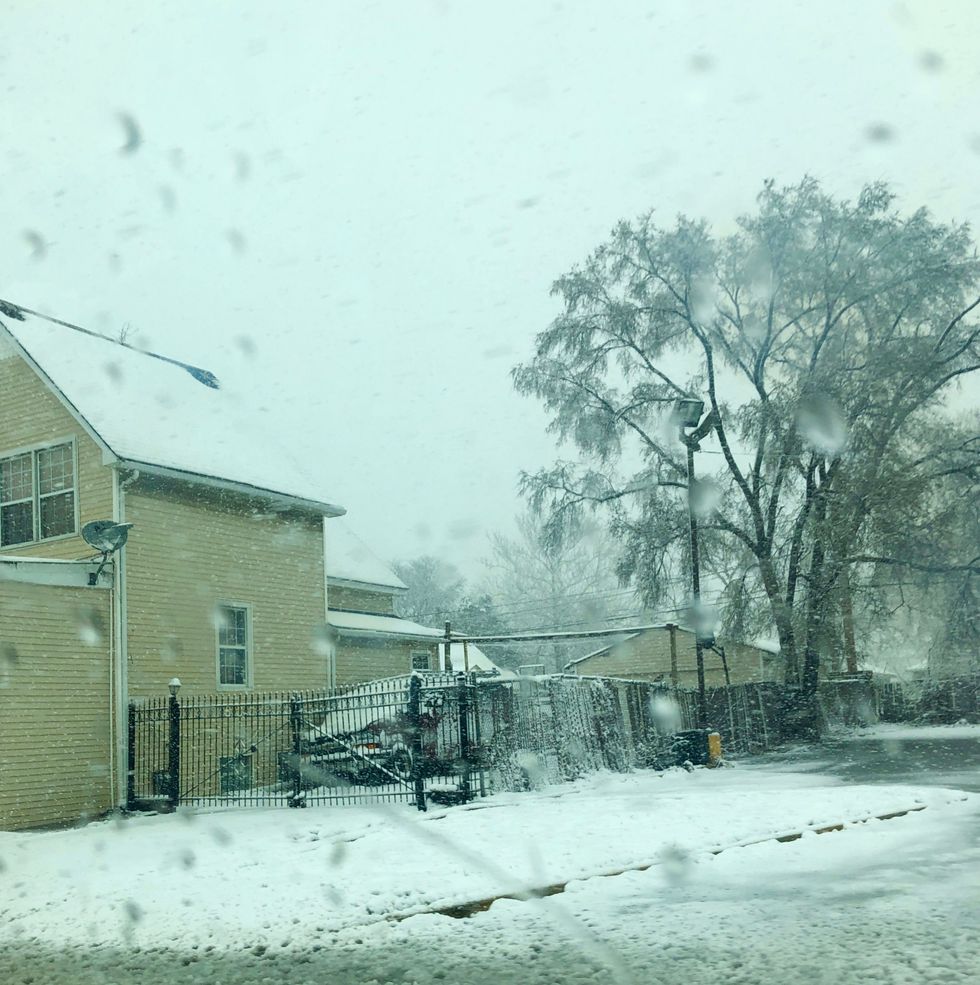
Many Chicago natives are familiar with the inconsistency of Chicago's weather. Residents were reminded of that when there was what seemed like a blizzard in the middle of April. The weather had been warm for well over a month. On this random Sunday, snow buried the entire city overnight. Within a few days, the temperature was 70 degrees and all the snow had melted.
Leaving hazard lights on wherever you want
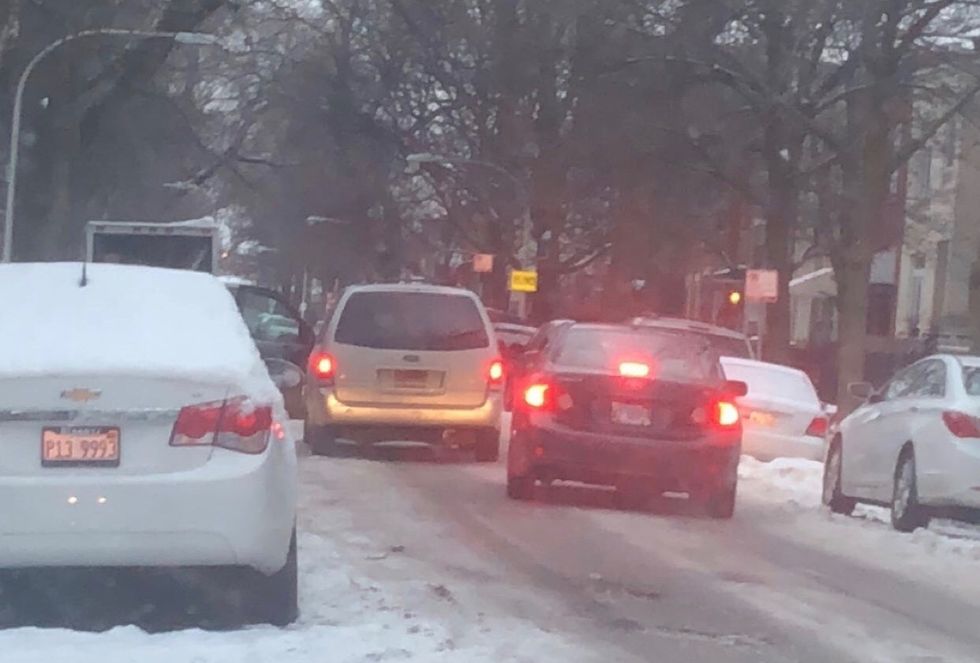
It is oftentimes convenient that it is normal to leave your hazards lights on while illegally parked, to make a quick errand. Some street signs in Chicago direct drivers to leave their hazards lights on in "standing zones." What is a lot less convenient is that drivers will leave their cars parked where ever they feel and exit the vehicle. On one instance, a car blocked the entire one-way road that I live on and caused a back up down the whole road. On another instance, a man left his car with the hazard lights on and left his vehicle to go inside the nearby court house. An entire line of cars had to sit in their cars while we waited for him to return.
Reserving parking stalls with cones
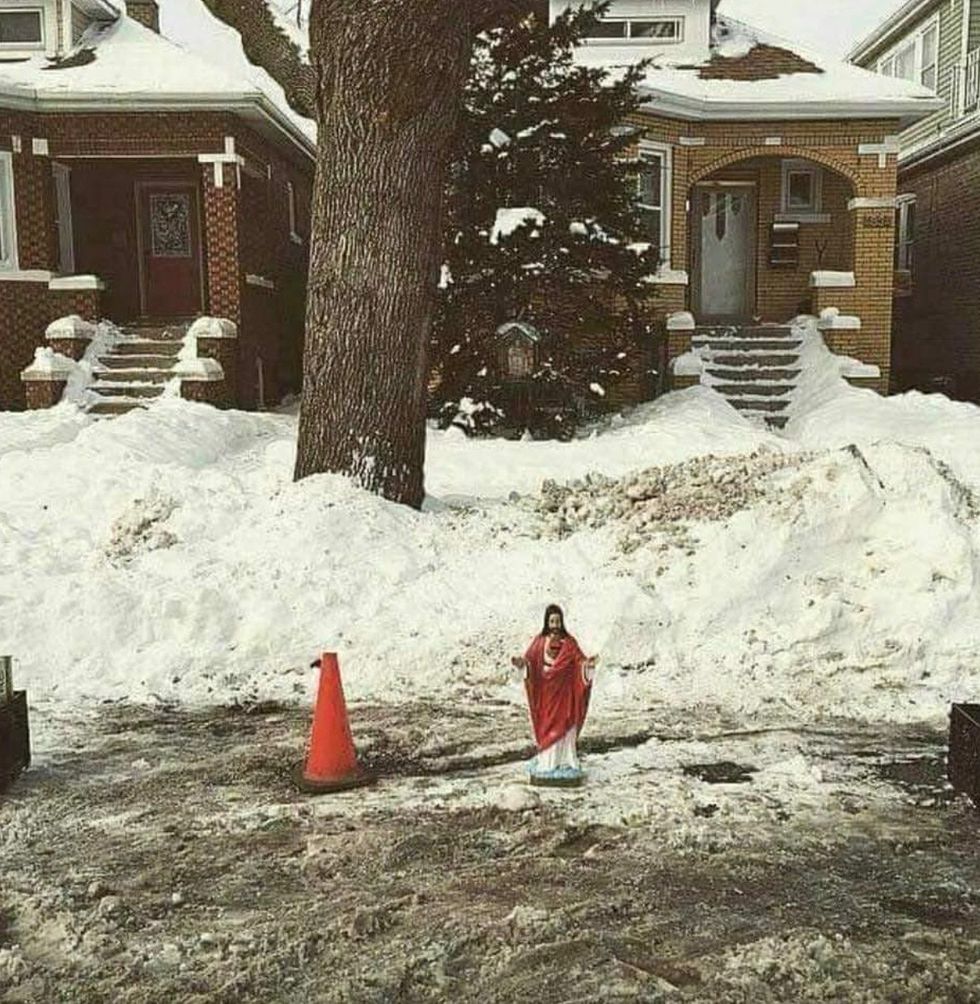
Chicago residents oftentimes see residential roads lined with cones and chairs, reserving parking stalls, especially in the winter. Many residents call "dibs" on the street parking outside of their house by blocking others from parking there with objects. Other residents that find this practice unethical are forced to find parking spaces farther from their homes. Moving the objects in the road can cause confrontations or property damage to your vehicle. I moved a cone once and my neighbor immediately came out and demanded I put her cone back. Her excuse was that she "lived there longer."
Panhandlers at every stop
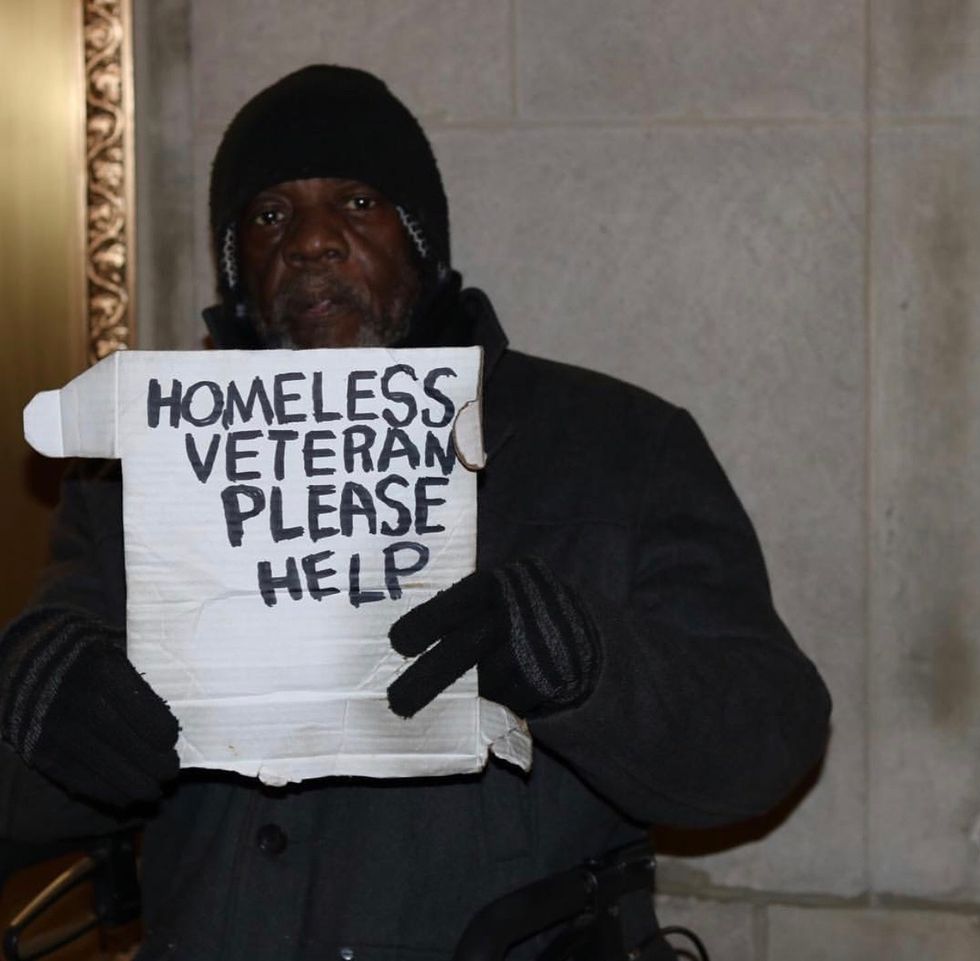
At almost every red light in Chicago, there is a person with a sign, begging for money. What makes this especially different than other cities, is that when the light is red, the person will walk into the street and go up to car windows. Many people that do this sit in wheelchairs and remain in the crosswalk. Drivers weave around them. When I first moved to Chicago, I was shocked that law enforcement did not bother these people or give them citations. I was also anxious to drive because I was afraid that someone could get hit.
Technology instead of cops
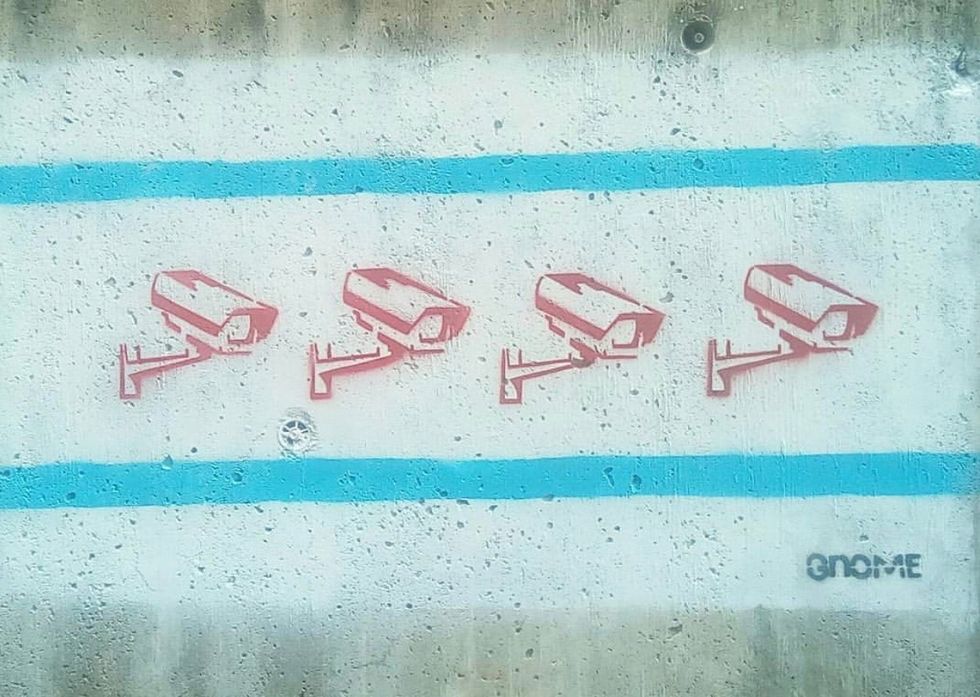
Red light and speed cameras are very common in Chicago. Most drivers get familiar with the locations of the cameras. Generally, I can tell if there is a camera coming up because of all of the drivers on the road suddenly down. Since there are so many cameras on the roads, Chicago police officers do not usually bother with traffic infringements. Many drivers know this so they purposely break traffic laws unless there is a camera. It is certainly a norm for drivers to run red lights. Some drivers report being traumatized by the sight of the bright white light flashing and get anxious when they see bright lights while driving.
Six-way Intersections
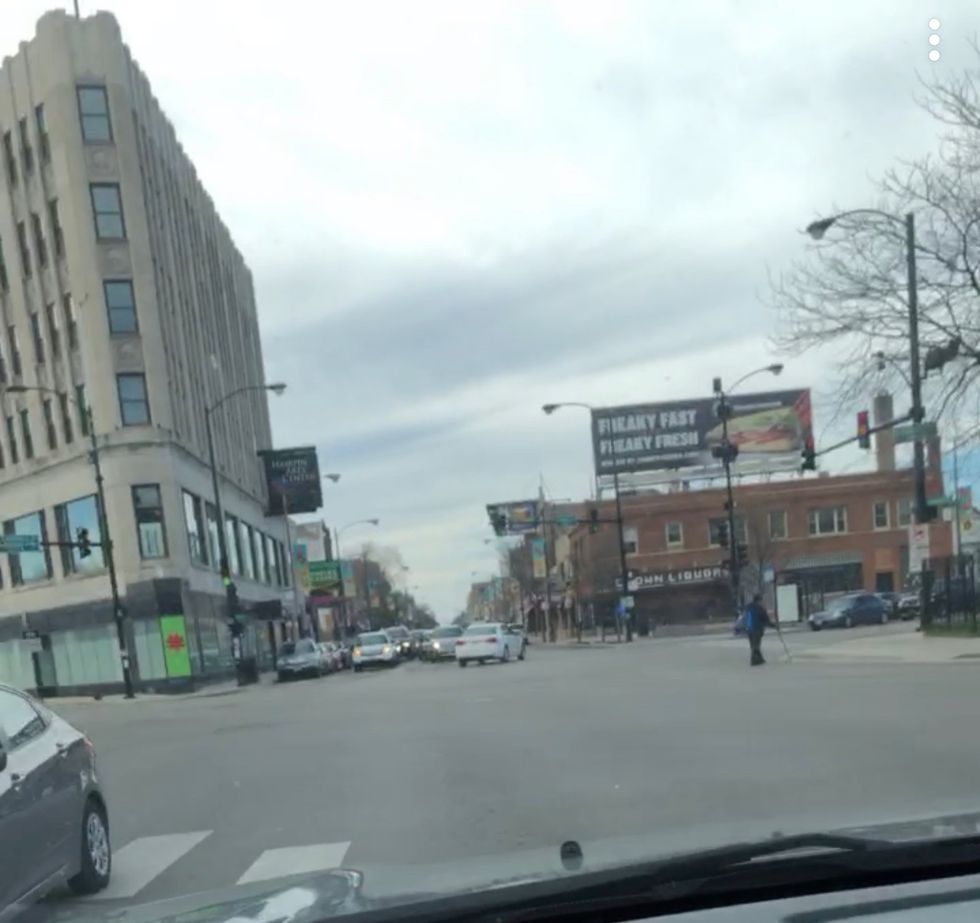
Intersections in Chicago can be terrifying to new or non-native drivers. Some intersections will have five opposite ways that you can go. Each direction will have its own traffic light. Deciphering which light belongs to you can be very confusing. Frequently, a jumble of confused drivers are all in the middle of the intersection at the same time. The intersections connect the city's grid system. The grid system may be unfamiliar for many but is a large way that Chicagoans communicate locations. If you ask someone where something is, they will almost always give you the intersection of two major streets.
Permit parking
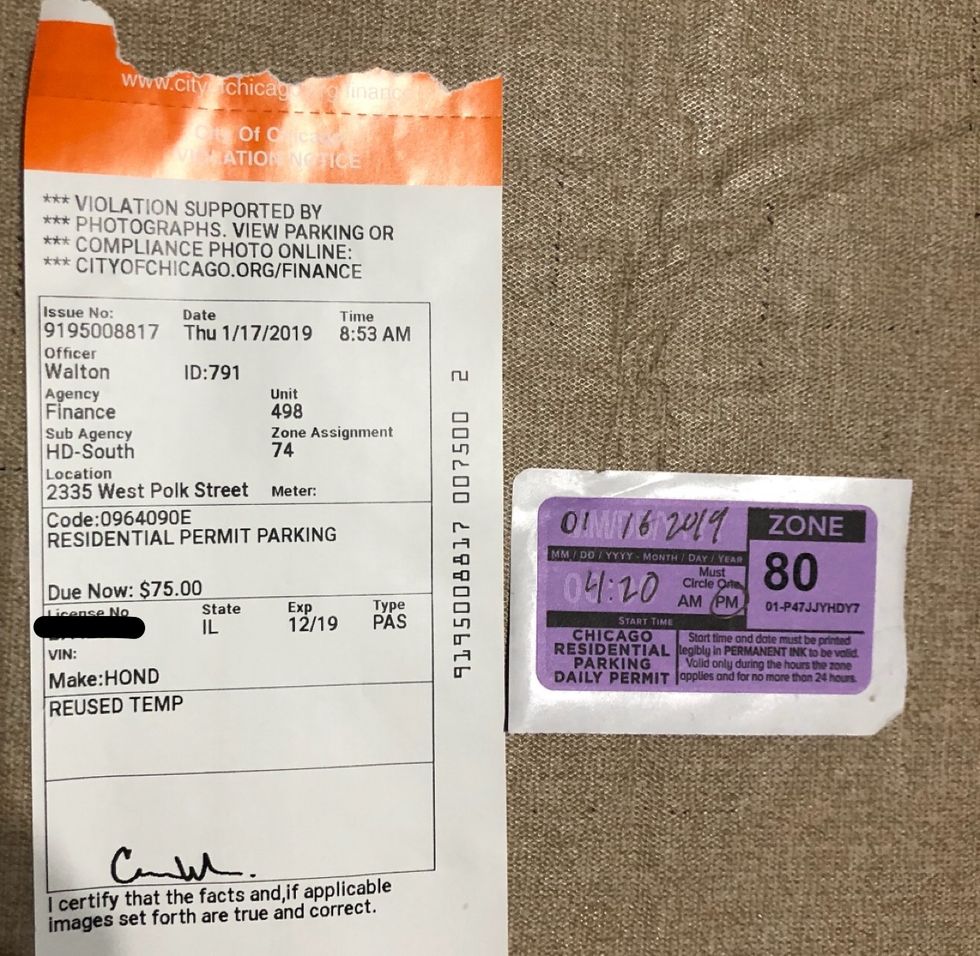
The city requires a permit for everything parking related. Within thirty days of registering your car, residents must pay for a city sticker at City Hall. A city sticker will only allow drivers to park in the residential zone associated with their address. If the driver visits a friend's house, they will most likely not be able to park on that street without another permit. Drivers have to stick a temporary permit sticker on their window or risk a $75 ticket. Other areas along main roads usually require paying at the meter. With such complex parking regulations, its no wonder so many Chicagoans prefer taking the train.
Taking trains everywhere
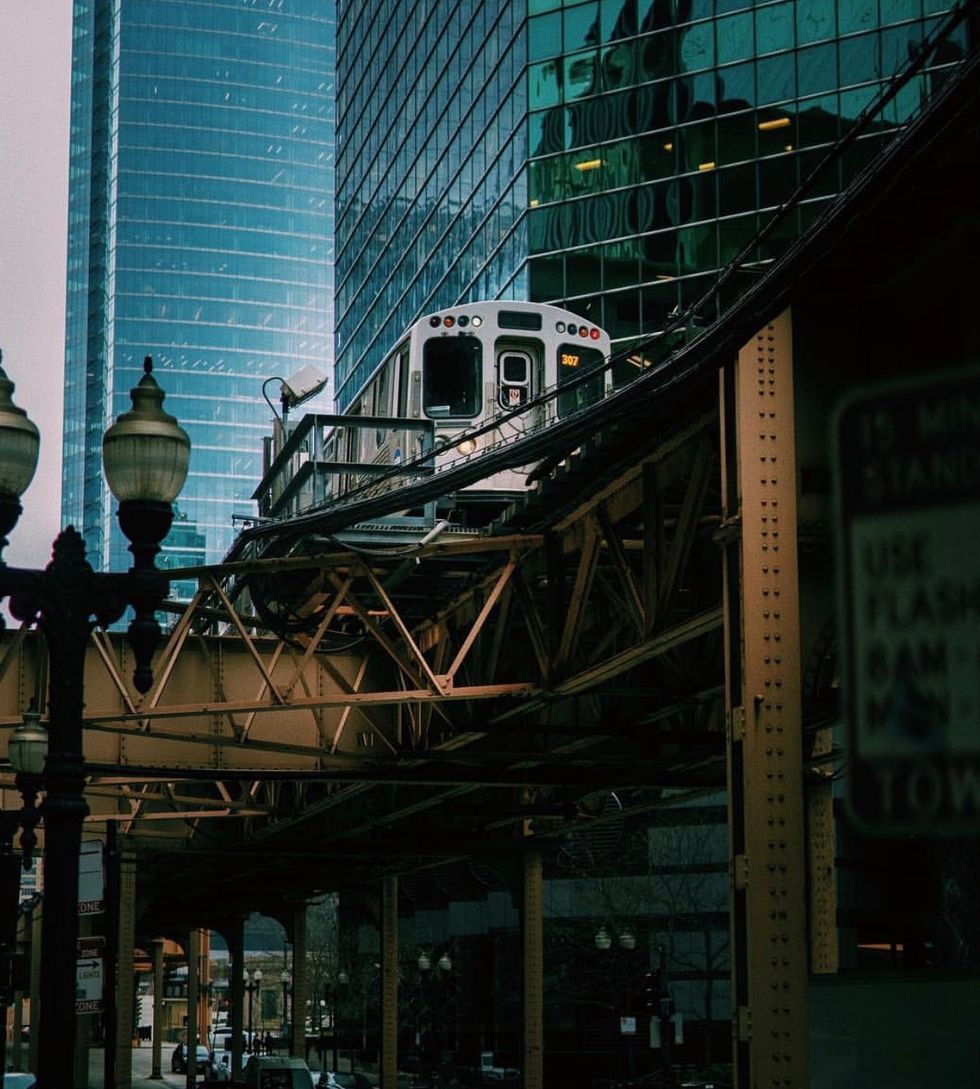
With all of the driving-related norms in Chicago, it is not surprising how many people take the train everywhere. Even though I have a car, taking the train is a must. It can get residents somewhere in a quarter of the time, especially during rush hour. The train is also much more affordable than it is in other major cities. Riders are also not charged by distance but around $2.50 for an entrance fee. Having panhandlers on a train is another norm. It can also be quite dirty but worth it for many residents.
A neighborhood for every community
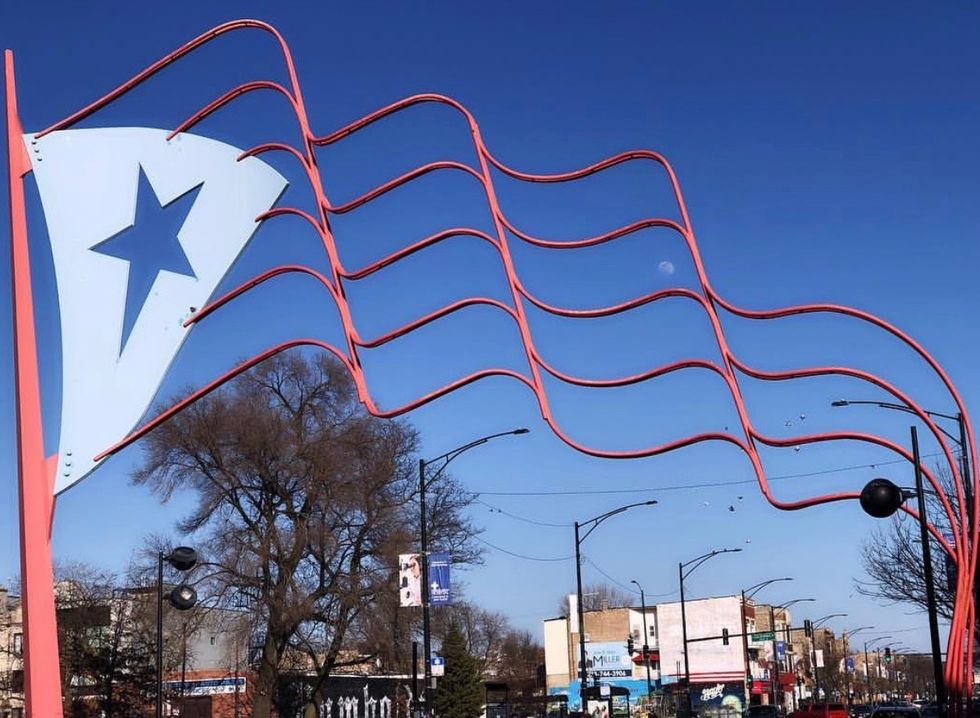
Various cultures have their own neighborhoods throughout the city of Chicago. For example, Ukraine Village or Greek Town. Each of these neighborhoods is decorated to celebrate the culture of the town it represents. Humboldt Park is a predominantly Puerto Rican neighborhood. Residents are greeted with a giant, red Puerto Rican metal flag when entering Humboldt Park. These neighborhoods offer people a way to experience different foods and other shops authentic a large variety of cultures.
Norms in Chicago can seem so shocking to people that are not from the area. Visitors will be able to get used to these things very quickly. With every unexpected obstacle, there is an opportunity for fun and exploration in the city.

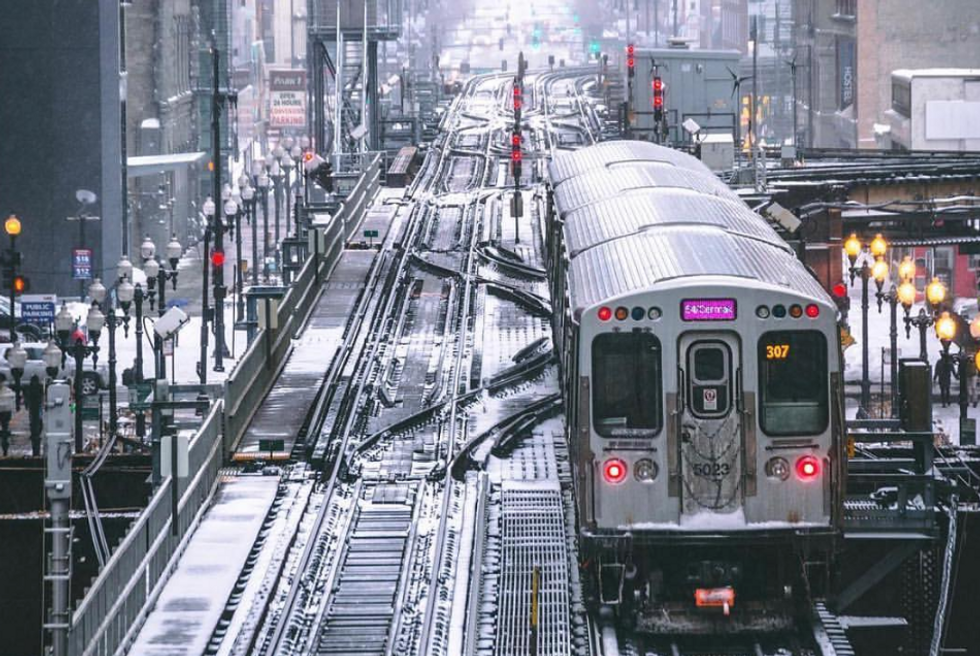



 mr and mrs potato head
StableDiffusion
mr and mrs potato head
StableDiffusion










